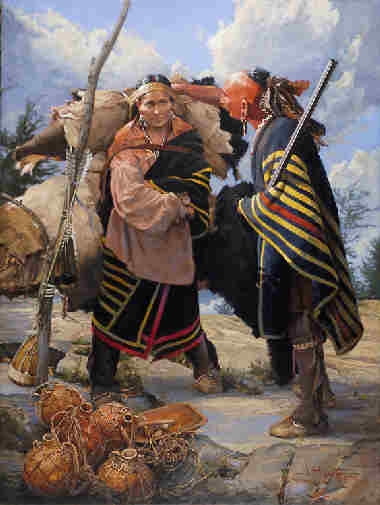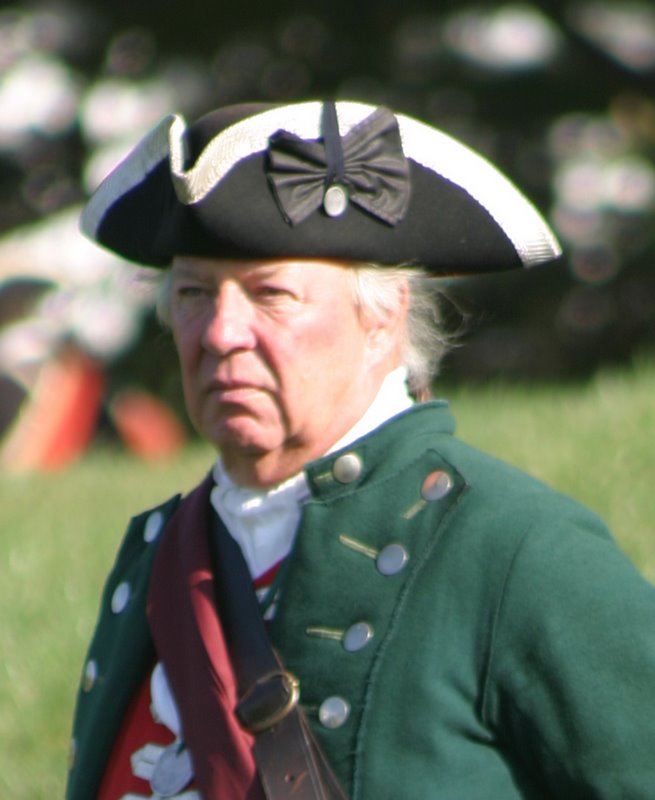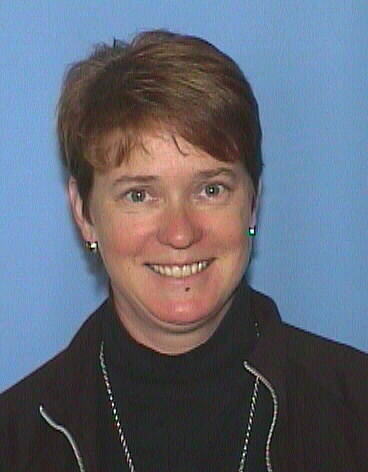A History
/SusquehannaRiver.jpg)

| Main Page |
| Time Line |
| History |
| Indian Trails and Shamokin (7000 BC-1763 AD) |
| Fort Augusta (1756-1792) |
| Founding of Sunbury (1772-1830) |
| Railroad and Canal Era (1830-1912) |
| Contemporary (1912-present) |
| Maps |
| Indian Trails and Shamokin (7000 BC-1763 AD) |
| Fort Augusta (1756-1792) |
| Founding of Sunbury (1772-1830) |
| Railroad and Canal Era (1830-1912) |
| Contemporary (1912-present) |
| Special Topics |
| Related Links |
| Works Cited |

|
|
Catherine Montour, more commonly referred to as Madame Montour, was born at Three Rivers, Canada in 1667. Her father, Pierre Couc was a Frenchman and her mother was an Algonquin. During the early 1700’s her family spent most of their time at Forts Mackinac and Detroit involved in Indian trade and in 1709, while accompanying her brother Louis to Albany for trade, Louis was killed. Alone in New York, Madame Montour found employment as an interpreter for Governor Robert Hunter. Through her work she became acquainted with the Oneida chief, Carandowana, who eventually became her husband. When chief Shikellamy came to Shamokin in 1727, Carandowana, Madame Montour, and their children traveled with him and she continued serving as an interpreter during that time. After Carandowana was killed in an Indian raid in 1729 Madame Montour spent her time traveling back and forth between Shamokin and present day Montoursville, where her son Andrew and her niece French Margaret lived. She is reported to have died in 1753. |
|
Madame Montour was one of the few Shamokin females to be deemed influential and significant. A creative and independent woman, she spoke English, German, Algonquin, Iroquois, and French; however, because she was illiterate in all of these languages she was forced to sign all public documents with an “X”. Many Pennsylvanians believed that her parents were French, that her father was a governor of Canada, and that she had been captured and raised by the Indians. Though this does not seem to be true, Madame Montour played into this myth, allowing it to circulate and become popular. Her eccentric character and her services as an interpreter mark her as unique among most females of her day. |
|
||||
|
The Bucknell Environmental Center ▪ 835 Fraternity Road ▪ Bucknell University ▪ Lewisburg ▪ PA 17837▪ (570) 577-1490


